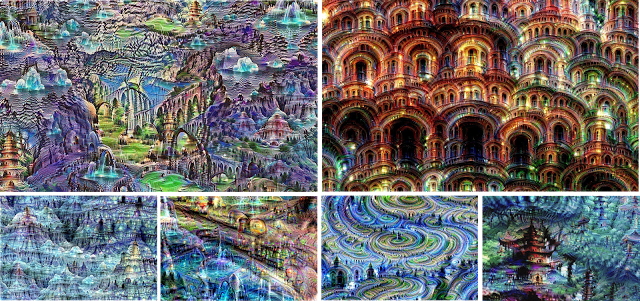So just what has got mathematicians spooked? Apart from 2 and 5, all prime numbers end in 1, 3, 7 or 9 – they have to, else they would be divisible by 2 or 5 – and each of the four endings is equally likely. But while searching through the primes, the pair noticed that primes ending in 1 were less likely to be followed by another prime ending in 1. That shouldn’t happen if the primes were truly random – consecutive primes shouldn’t care about their neighbour’s digits.
“In ignorance, we thought things would be roughly equal,” says Andrew Granville of the University of Montreal, Canada. “One certainly believed that in a question like this we had a very strong understanding of what was going on.”
The pair found that in the first hundred million primes, a prime ending in 1 is followed by another ending in 1 just 18.5 per cent of the time. If the primes were distributed randomly, you’d expect to see two 1s next to each other 25 per cent of the time. Primes ending in 3 and 7 take up the slack, each following a 1 in 30 per cent of primes, while a 9 follows a 1 in around 22 per cent of occurrences.
Similar patterns showed up for the other combinations of endings, all deviating from the expected random values. The pair also found them in other bases, where numbers are counted in units other than 10s. That means the patterns aren’t a result of our base-10 numbering system, but something inherent to the primes themselves. The patterns become more in line with randomness as you count higher – the pair have checked up to a few trillion – but still persists.
Source: Mathematicians shocked to find pattern in ‘random’ prime numbers | New Scientist

